EAST MEETS WEST features a unique juxtaposition between the Eastern (Asian) and Western (American/European) experience. This is a showcase for photographers and artists across the globe, shedding insights in to what makes us human. Taking inspiration from the sun's daily trajectory, this feature hopes to discover the parallels between these two hemispheres.
---
This week's theme is suffering and death. What is the role of the photographer when dealing with capturing a human life for whatever end? How far is too far when dealing with faces, identities, and sensitive issues? Keep that in mind.








All photographs by Michael Wolf via Behold
First, we take a look at Michael Wolf's compelling photographs of subway commuters in Tokyo, their bodies trapped and contorted. It is so painful to see their expressions as they are pressed and squeezed against the windows - breath fogging up, hands smashed, eyes closed. They appear to be suffering, and some of them even look like corpses or ghosts. These are arguably very haunting and even beautiful images, a brilliant commentary on the overcrowding of densely populated cities. But a deeper look at the photographs goes one step further. These are not willing participants - many of the people Michael Wolf photographed for this project covered their faces or flipped him off. These subjects were vulnerable, suffering, and just wanted to be left alone. How far is too far for a photographer to push? Where is the line between insensitivity and getting that great shot. These images don't sit right with me.
---
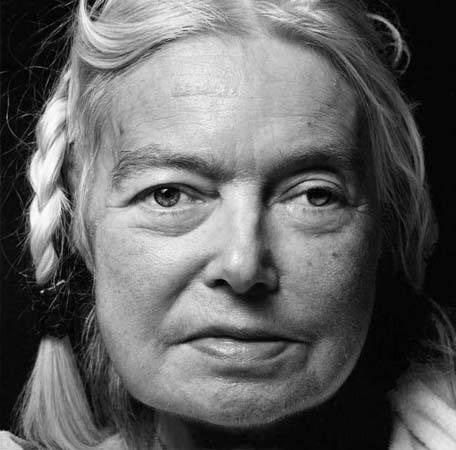
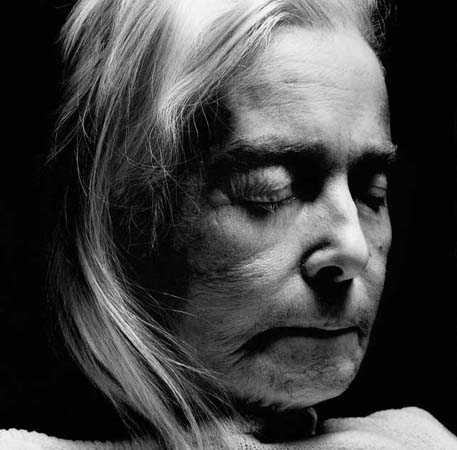
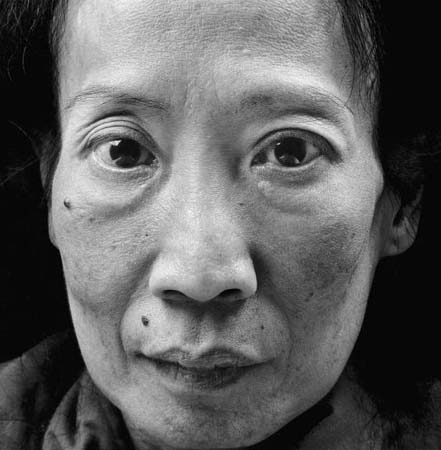
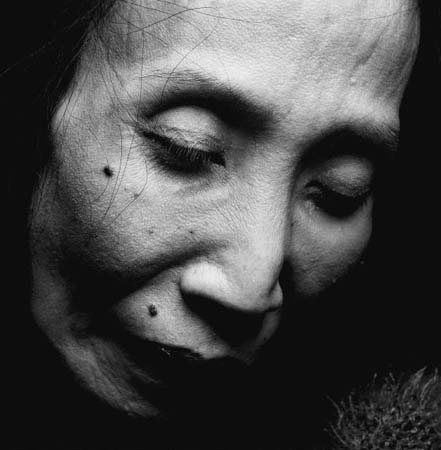
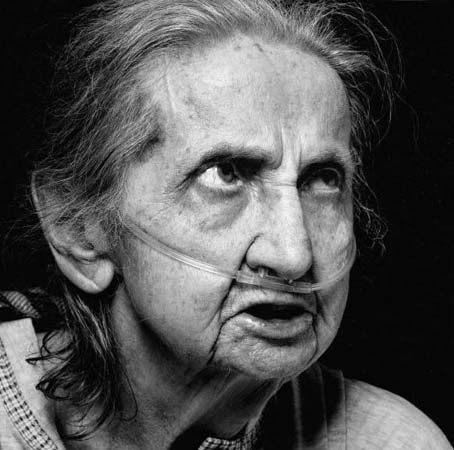
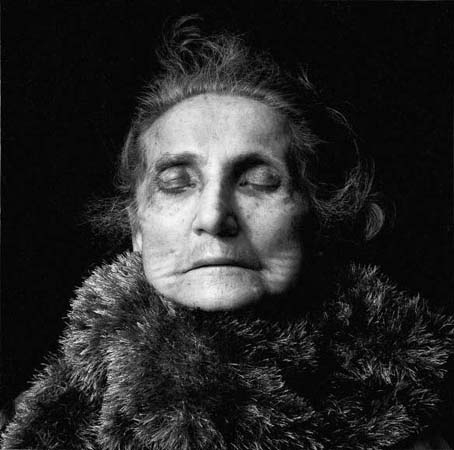
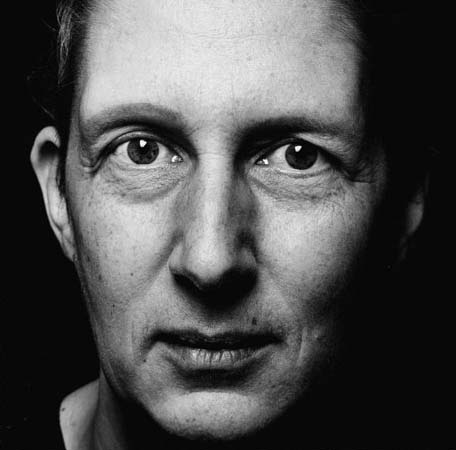
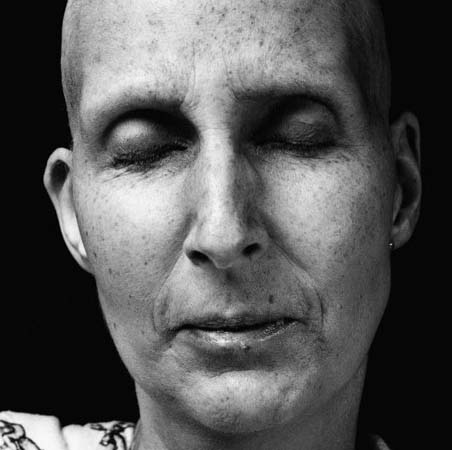
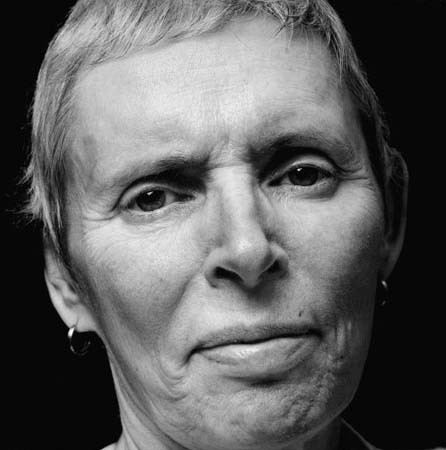
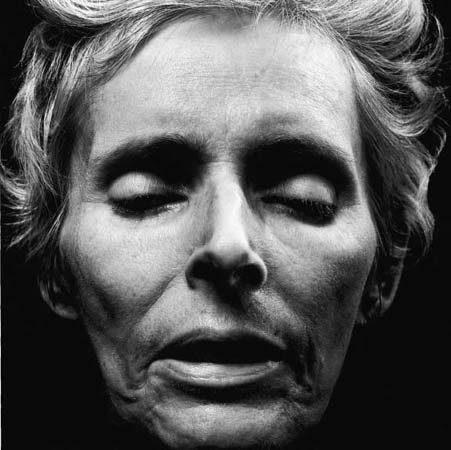
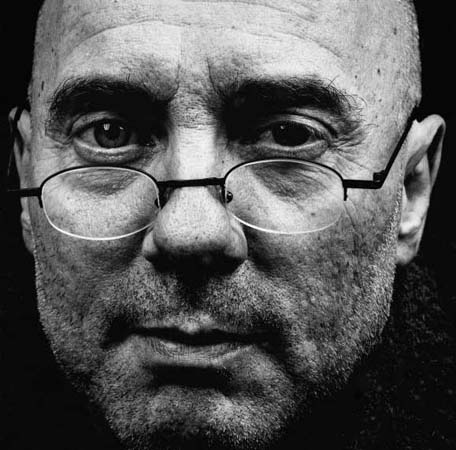
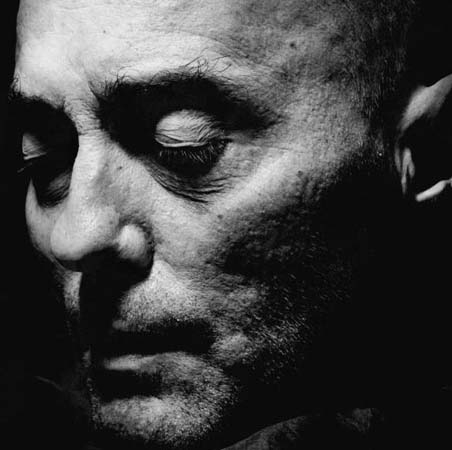
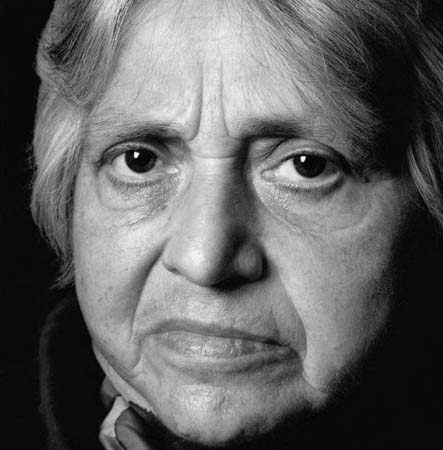
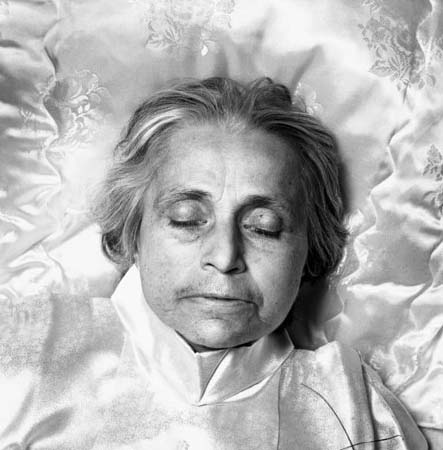
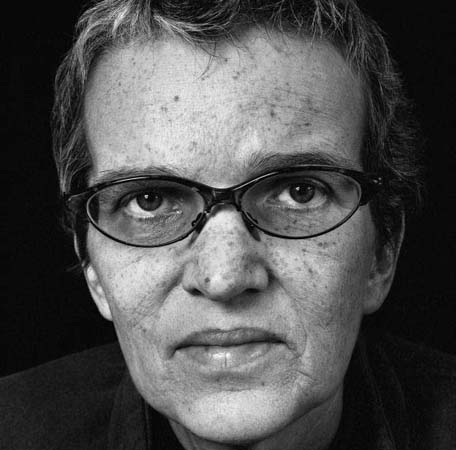
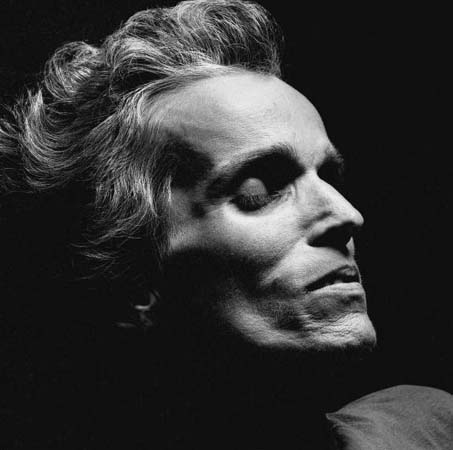
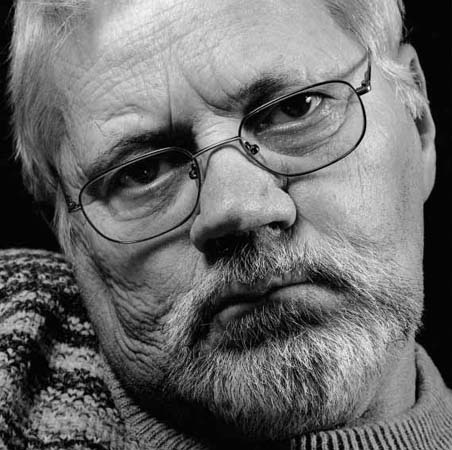
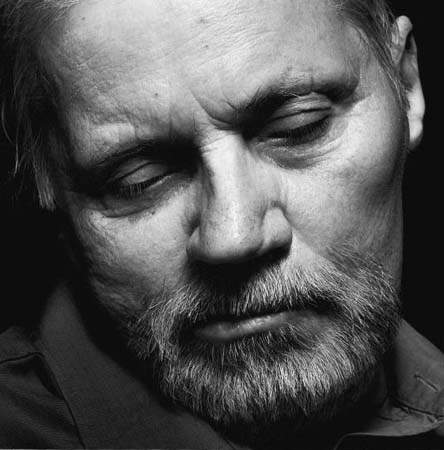
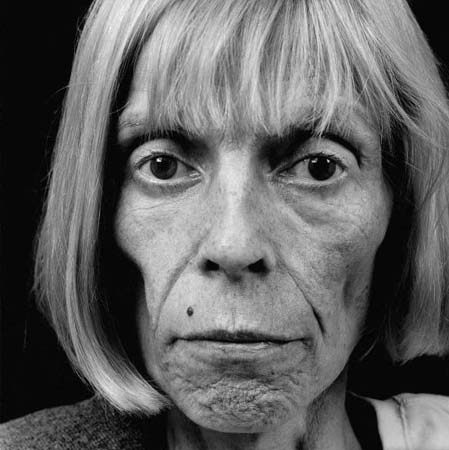
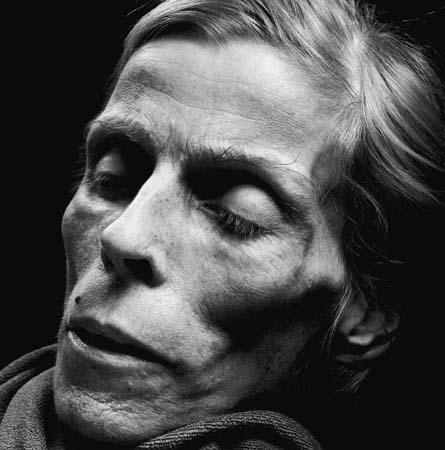
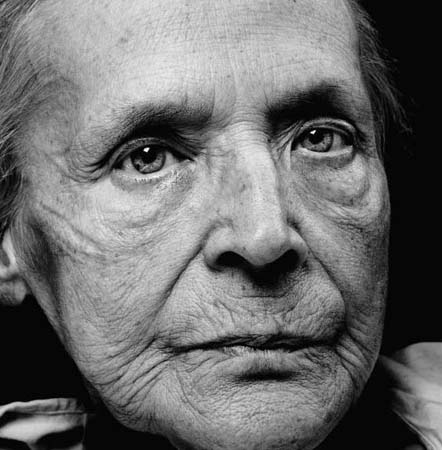
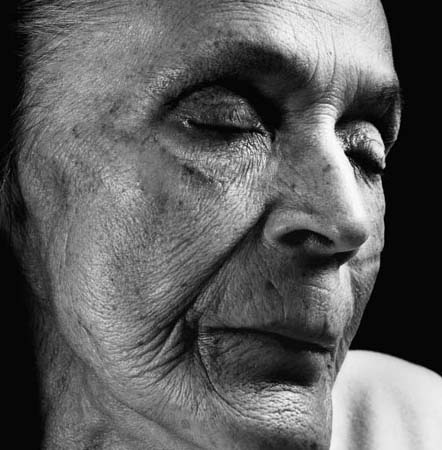
All photographs by Walter Schels via the Guardian
Next, we have Walter Schels' portraits of patients with cancer while they are still living, but with the knowledge that they do not have long to live, paired with a photograph of the patient after they have died. While they are living they convey emotions to the lens: defiance, fear, anger, pain, sadness, disappointment. But notice how they look after they have passed. Peaceful. Expression-less. Even blissful? It must have been such a release of their suffering. Most of them were in so much pain and felt like such a burden on their families that they wished for death, knowing that they would have to face that journey alone. Photographs of the deceased are very rare, but fascinating. It must have been extraordinary for the photographer to work so closely with the dying and dead men and women. What would you think if a photograph of one of your dead family members, friends, or you yourself were circulating around on the internet? There is something quite unspoken but understood that you just keep these things private. The difference between taking a picture of a person and a body is remarkably different - "they" are definitely gone. But where did they go? I don't have the answers - that depends on you and your beliefs, but some hint seems to be hidden in these photos.
HAMLET
O, I die, Horatio.
The potent poison quite o'ercrows my spirit.
I cannot live to hear the news from England.
But I do prophesy the election lights
On Fortinbras. He has my dying voice.
So tell him, with th' occurrents, more and less,
Which have solicited. The rest is silence.
O, O, O, O. (dies)
Act V, Scene II - "Hamlet" by William Shakespeare


No comments:
Post a Comment